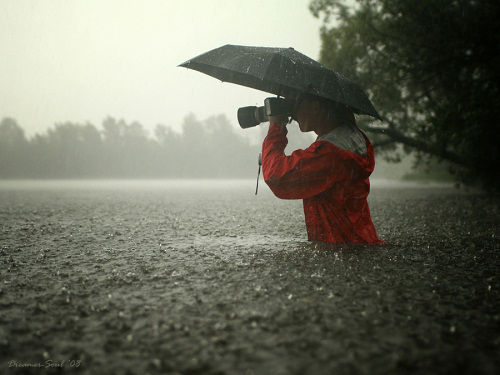
This morning the AFR runs with my observations on the ASX from yesterday:
A hunger for defensive stocks that generate healthy dividends may have helped Australian shares break the 5000 barrier but investors are warning of a “bubble” in yield stocks.
…Baillieu Holst partner Richard Morrow remained unconvinced about the fundamental basis for the market’s exuberance.
Conditions in the low risk, high yield end of the sharemarket resembled “a bubble,” he said, driven by an “irresistible urge to get the best running yield on the investment dollar”.
“The journey through 5000 reflects the rebalancing of investment dollars between equities and fixed interest. Right now there is too much cash chasing too few investment alternatives,” Mr Morrow said.
He argued that the lesson from previous market surges was to hold on while interest rates remained subdued. “Don’t sell too early,” he cautioned.
Right on. What we have here is a classic financial repression rally. As the risk-free rate falls, the price of yield further out the risk curve begins to climb. Note, again, that the rally is being led by banks (green), consumer staples (light blue) and health care (orange), an unusual mix for a reflation rally, as pointed to yesterday:

But is it a bubble? If one asked the S&P500, which has been riding nose-bleed valuations for equities since 2010, the answer is yes but at least it’s a sustainable bubble until rates rise.
And that’s the rub for here. If the rate cuts work, and economic growth improves on improving asset values, as has ultimately happened in the US after successive rounds of QE, then you can expect to see money move further still out on the risk curve to embrace cyclical stocks like consumer discretionary, materials and industrials. The defensives will lag.
Of course, if the rate cuts don’t work, which is still my concern, if not base case, as Australia passes the mining investment cliff, then the defensive stock bubble is going to grow further. Even as the economy potentially grinds to a halt.
But in the end the real economy will win, one way or another.
This is why at MB we’ve been recommending a portfolio that is not dependent upon domestic demand (or China). If Australia leaps the investment cliff on a global recovery and rates rise, the Australian dollar will still fall as cash moves off to riskier locales. If Australia falls over the investment cliff, and rates fall further, defensives like banks will at some point come under pressure as unemployment rises. But the Australian dollar will fall even further.
A portfolio of non-mining dollar-exposed stocks can enjoy the gains of financial repression and is hedged for all seasons.

